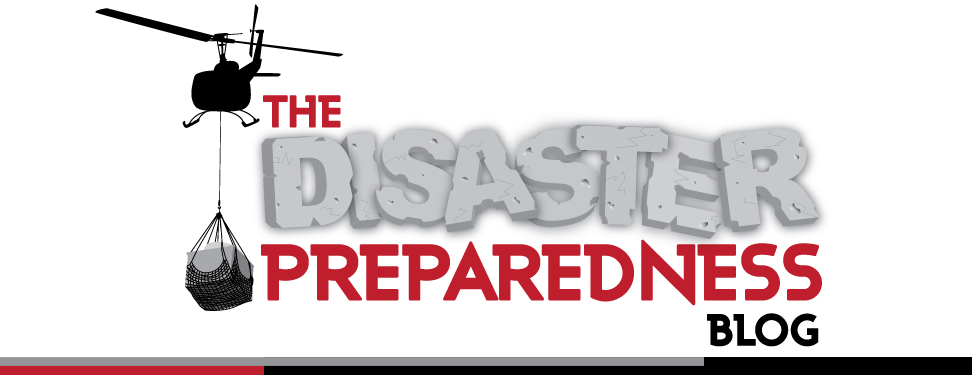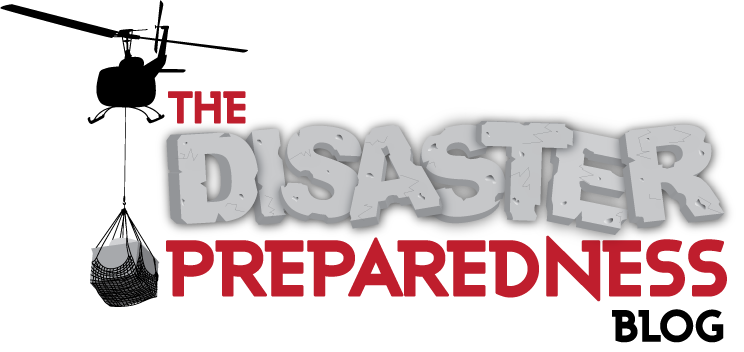Has Iran Revealed Its Desire To obtain Nuclear Weapons At Any Cost With the Release of a Book Written by Ayatollah Mezbah Yazdi
 Sunday, March 7, 2010 at 6:42PM | |
Sunday, March 7, 2010 at 6:42PM | |  Email Article
Email Article Many are convinced that Iran is seeking a nuclear weapon, myself included. Though Iran has denied that and state they are only developing technology to harness nuclear power for peaceful purposes.
With the release of a book written by Ayatollah Mezbah Yazdi, a senior Iranian theological figure and President Ahmadinejad’s spiritual mentor in which he wrote: "Iran must independently produce 'the certain special kind of weapon' already in the hands of other countries."
The book was published in 2005 and gives some stunning insights and disclosure into how the Iranian leaders are pursuing nuclear weapons.
If you're still not yet convinced here are some quotes from the book:
"We have to produce the most advanced weapon inside the country, even if our enemies don't like it. There is no reason that they have the right to produce a certain special type of weapon, but that other countries not have that right" (The Islamic Revolution - Surges in Political Changes in History, p. 337).
"In seeking to acquire the [necessary] technology Iran must be patient and not be deterred by economic shortages: Divine, messianic support has been the determining factor in the success of the Iranian regime during the various trying periods which have plagued it since its foundation...We cannot be broken because of temporary difficulties, they will pass, and Muslims must be patient and not be deterred by material or economic shortages, because if they do, it may lead them to be separated from [Islam]."
For more information on this story please visit ThreatsWatch.org and Intelligence and Terrorism Information Center







